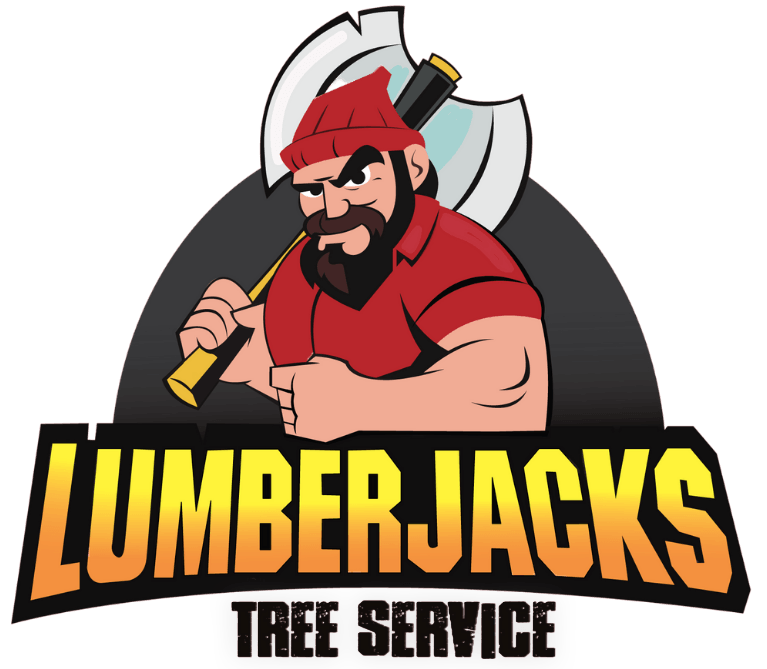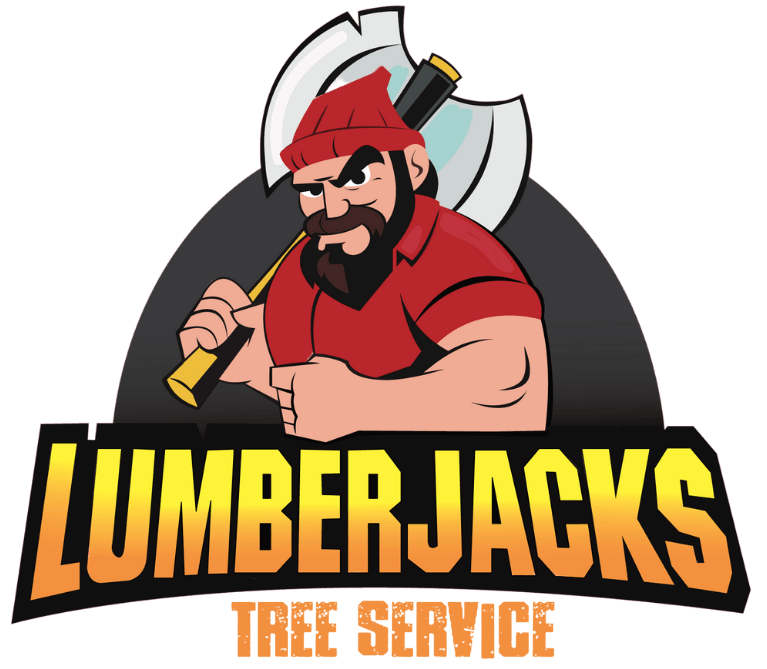Taking care of your trees during the summer heat ensures a vibrant and healthy landscape. Here are six essential tips for summer tree care: Mulching: It’s not too late to mulch. Mulching reduces weed competition, stabilizes soil temperatures, and conserves moisture. Use three to four inches of shredded hardwood mulch. Form a donut shape […]
3 Tips to Determine If You Should Have a Tree Pruned or Removed
It is no secret that trees can be an expensive project, especially if you don’t give them proper care and maintenance. Proper care and maintenance means that you occasionally prune them to avoid overgrown branches, as well as additional watering and fertilizing as needed. While trees can also be expensive and sometimes time consuming, they can also add value to your home in terms of curb appeal (if properly maintained) and shade, and may even save money on your energy bill. So if you aren’t sure as to whether or not you should bid farewell to a tree or prune it back, here are three scenarios to take into consideration when deciding: 1. In the future, what do I plan on doing in the area of the tree? If you think that you are going to be planting flowers or bushes around where the tree currently stands, it may not be a bad idea to cut it down. Why? The issue with having a garden directly in front of a tree is that the tree is going to significantly reduce the amount of sunlight that the flowers receive and may end up having a negative impact on the flowers in the wrong environment. If you plan on building anything within 15-20 feet of where the tree stands, that can cause another set of issues. Mainly, the quality of the soil after the building is erected and an increased chance that roots will damage the foundation of the building, as well as plumbing. If this is the case, then that can be an expensive mistake but one that is necessary to fix for the same reasons mentioned above. In some cases, you may be able to get the tree moved, but if the tree is thoroughly established in the ground, it may not be possible to move it without damaging it. In this case, you’ll want to give us a call to give you a free evaluation and estimate of your options. If the answer to this question is, “No”, then you should have the tree removed. Overgrown branches, lack of soil treatment, and overall preventative maintenance will create negative consequences for the tree. This may include root rot, pest infestation, and/or poison ivy, to name a few. Each of these weakens the tree and leaves it prone to causing damage to your property. Even worse, if something does happen to the tree, and it’s determined by your homeowners insurance that there was neglect, then it’s possible your claim will be denied. Once you’ve answered these three questions, you will have a better understanding your desire to care for the tree and what it will take to property maintain it so it stays healthy and strong. If you’d like a free evaluation and estimate for your project (removal or pruning), send us a message or give us a call at (423) 834-TREE. www.yourchattanoogatreeservice.com
2. Is the tree too close to my home now?
3. Do I want to continue to take care of and invest in this tree?
Recently, Lumberjacks was featured on Local 3 News, highlighting our award-winning business and longstanding dedication to our customers and community. Since 2012, the Lumberjacks brand has focused on providing safe and efficient solutions to customers in the Chattanooga area. Founded on the principles of being transparent and trustworthy, both Lumberjacks Tree Service and Lumberjacks […]
With spring just around the corner, the questions about Bradford pear trees have started to roll in. The bottom line: These are some of the worst trees you can have on your property. Let’s break it down: Invasive Troublemakers: First, they’re not native to the area. Bradford pears may look innocent enough, but they’re […]
Dogwood anthracnose is a hazardous threat to dogwood species, including the beloved native flowering dogwood and Pacific dogwood trees. Introduced from Asia in the late 1970s, this fungal pathogen, Discula destructiva, has destroyed natural populations of flowering dogwood. 𝘚𝘺𝘮𝘱𝘵𝘰𝘮𝘴 𝘰𝘧 𝘋𝘰𝘨𝘸𝘰𝘰𝘥 𝘈𝘯𝘵𝘩𝘳𝘢𝘤𝘯𝘰𝘴𝘦: – Tan spots with irregular purple margins on leaves, which progress upwards […]
It’s a common misconception that trees on your property can thrive on their own. But here’s the reality: Your soil isn’t naturally nutrient-rich, creating a challenging environment for urban trees. Soil compaction and the absence of a natural forest ecosystem are major contributors to tree decline in cities. Trees thrive in loose soil, where […]
Did you know the best time to prune a tree depends on when they bloom? When inspecting a tree for pruning, you’ll need to know if the tree blooms on the current season’s growth or last season’s growth in order to properly care for the tree. Cherry blossoms and dogwoods are a great example of current […]
Mulch volcanoes are a common sight in gardens and landscaping, but they are actually bad for the health of trees and plants. Mulch volcanoes are created when a large amount of mulch is piled up against the trunk of a tree. This creates a cone-like shape that resembles a volcano, hence the name. When […]
Stop, Drop, Don’t Top “Topping” a tree refers to the most harmful tree pruning practice known. For over 25 years, literature, seminars, videos, webinars and more have warned against this damaging and outdated practice, though it is still commonly used among the uneducated. Topping of trees, also known as lopping, hat-racking, tipping, and […]

